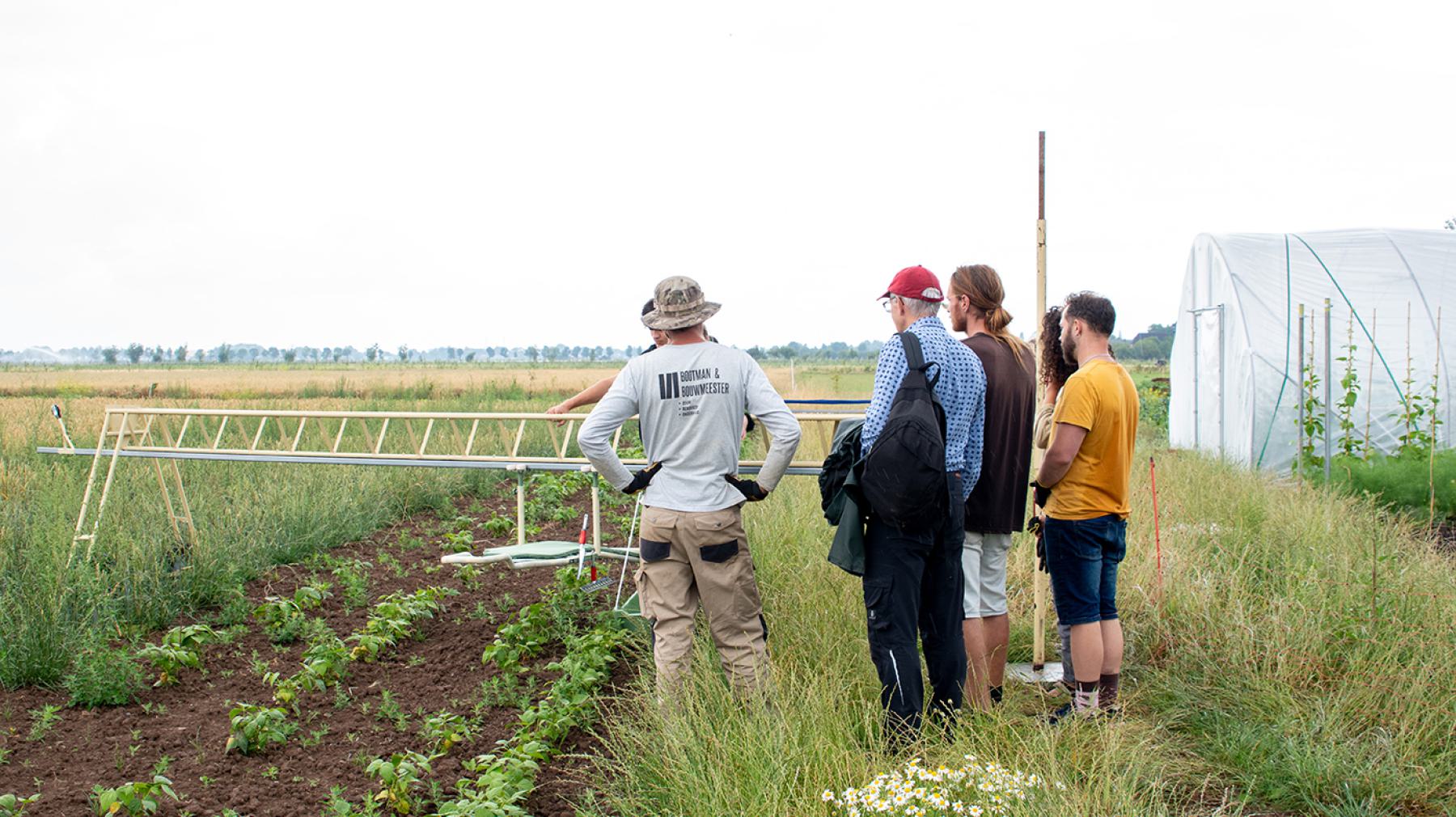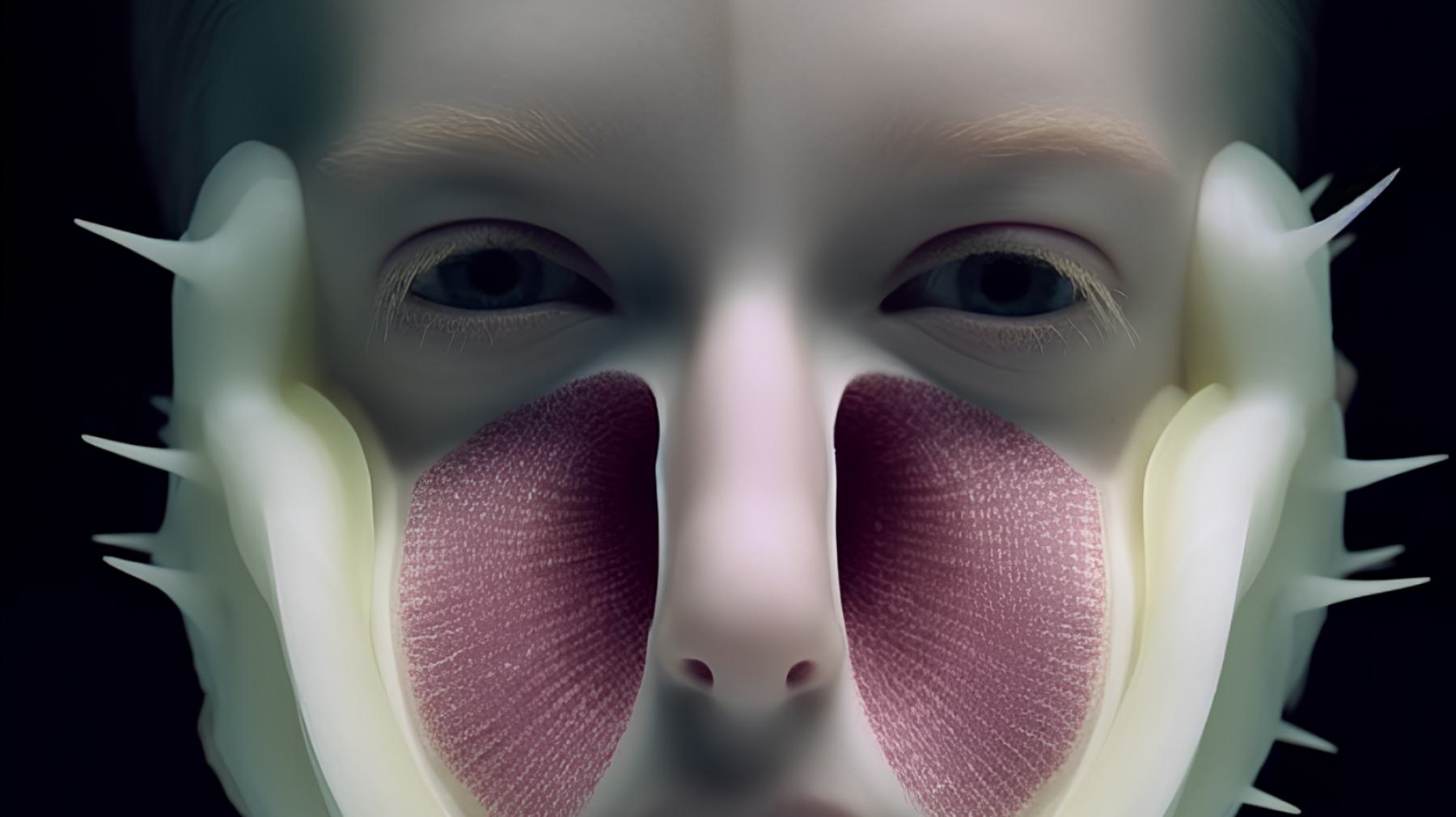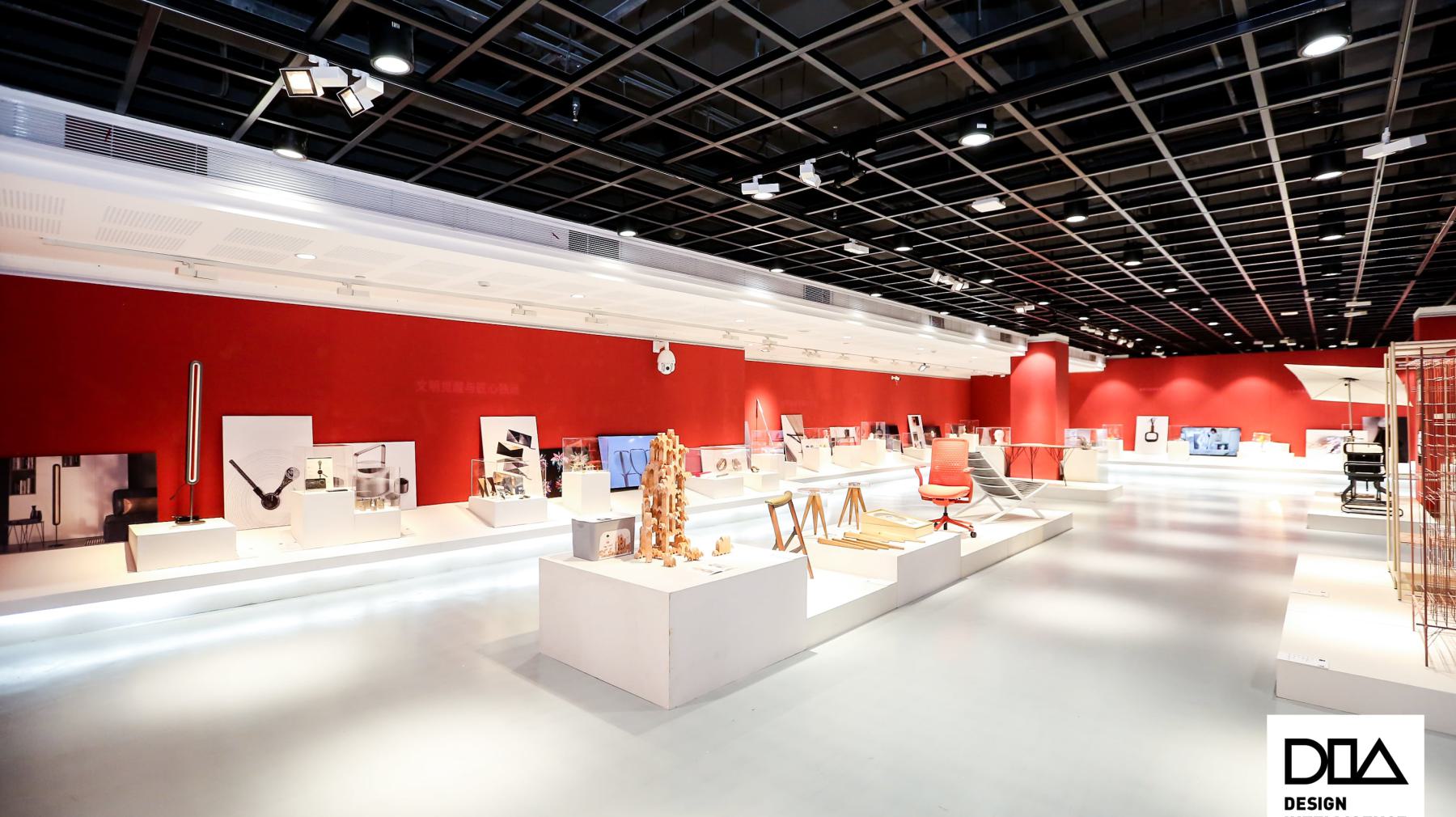
Spaceship Evoluon: one of the DDW locations.
From October 21st to 29th, the largest design event in Northern Europe returns to Eindhoven: The Dutch Design Week (DDW). And once again, the Evoluon has been made available as one of the venues for this iconic annual event. This year, you can find a total of five different exhibitions at our location. These include: SpaceFarming, Super Nostalgia, Circle Farm, Broccopork, and Guilty Flavours. Will we see you this year?


SpaceFarming: The Future of Food
Discover a world of future food like never before! The expo Spacefarming: the future of food explores the incredible potential of cultivating food in space, offering profound insights into the ways these groundbreaking achievements can be applied to enrich our terrestrial existence.
By: Evoluon/Next Nature
Super Nostalgia
In 2018, the Intergovernmental Panel on Climate Change (IPCC) published the now infamous Special Report on Global Warming of 1.5 °C. This report talked about how, if we keep polluting the air with greenhouse gases like we are right now, chances are big that in the next 20 years the Earth's surface will at least become 1.5 degrees hotter. Graphic designer Gawon Lee turned his frustration upon this subject into his poster series Super Nostalgia, advertising a supermarket in the 2050s.
By: Gawon Lee


CircleFarm: The Community Garden
No longer the traditional rectangular patchworks full of monoculture, but strips of different crops in a circular shape. And you can grow your produce lying down, instead of standing in the mud. The farmer is carried by the 'compass', a large robot arm that ensures that a round vegetable garden is created. When lying down on the compass, the ground, crops and animals are not crushed by boots or disrupted by paths.
Circlefarmers are farmers that are respectful guests to their agricultural surroundings; who try not interfere with their crops or animals. In this way, they support the most regenerative farming practices possible.
By: Floris Schoonderbeek & Rosalie Apituley
Broccopork, Mushchiken, and Peaf
What do Broccopork, Mushchicken and Peaf have in common? They are all food products that are part meat and part plant. They also don't exist yet. These imaginative hybrid meat plants are brought to life by the fictional biotech company Plant+Meat. Their CEO? Designer Leyu Li.
In a quest to further explore public opinion on cultured meat, Li turned to TikTok. Disguised as influencer Meaty Auntie, she used the platform to draw attention to three futuristic meat plants through short videoclips.
By: Leyu Li


Guilty Flavours
With plastic production not decreasing and our current recycling system unable to keep up, designer Eleonora Ortolani wondered how we can tackle the global plastic waste crisis. The designer proposed a bold solution. What if humans could digest plastic? The project starts with vanilla ice cream as a starting point and investigates how new biochemical processes can ensure that people can safely eat plastic.
Unfortunately we are not allowed to taste it yet: the ice cream is locked away in a safe, awaiting strict food safety testing.
By: Eleonora Ortolani
SENSETOPIA
When we eat, we are using all of our senses. Yet even with all of them, we cannot always detect harmful or unhealthy ingredients in our food. What if technology can help us know what we are eating? With the rapid advancement of AI and robotics, we may begin to push our sensory boundaries in the near future. Maybe we will use sensors to check the nutritional value of our meals so we can see its sugar content or fat percentage. Or what if we could fine-tune our sensory perception to detect information we cannot currently register, such as radio waves, UV light and air pollutants? Will this be a sensory utopia or dystopia?
Sensetopia is an installation by sensory food designer Laila Snevele, which tests our perception of food through multisensory research.
By: Laila Snevele


Embassy of Food
By changing how we handle our food—how it’s grown, transported, and consumed—we can significantly improve the planet and society. However, this is not an easy task. It requires a broad food transition, the convergence of expertise, and cross-sectoral collaboration. It’s a challenging journey. Designers use imagination to find new perspectives when everything else seems stuck. How can we offer new perspectives to reshape the current food system?
By: World Design Embassies
Design Intelligence Award
At the Dutch Design Week, the Design Intelligence Award (DIA) celebrates innovators and entrepreneurs' imagination and inventiveness. During the past years, the DIA collected over more than 30.000 excellent works within four categories: Industrial Equipment, Living Wisdom, Cultural Innovation, and Digital Economy, from 61 countries and regions worldwide.
“Expect a surprising and exciting mix of excellent Design entries spanning a broad range of design disciplines and sectors.”
By: Stichting voor Design Promotion in Europa en China


Het Grote voedsel Dilemma
What if food was no longer necessary for survival, how much would this affect your social life? Probably more than you think.
You are invited to participate in a food transition experiment in collaboration with the Nationale Wetenschapsagenda. Dr. Sigrid Wertheim-Heck (Wageningen University & Research) challenges you to critically examine daily activities that revolve around food consumption through a playful quiz.
Het Grote Voedsel Dillema takes place on the weekends of 21-22 and 28-29 October.
By: Wageningen University & Research
Seedbills
Seedbills is a project by design studio Sharp & Sour that wants us to think about our economic system through the symbolic power of seeds and money. By telling tales about five seeds that are crucial to humanity, each seedbill tells a story of solidarity, race, the climate crisis or indigenous knowledge: from how rice was able to boost collaborative societies, to how fonio can help us fight against climate change and poverty.
By: Sharp & Sour


The Lighthouse
Lighting in cities is responsible for 19% of global energy consumption, and its polluting effects are a serious issue. It disrupts our natural rhythms, hides the stars in the night skies, increases CO2 in the atmosphere, and impacts wildlife. The Lighthouse is a speculative installation that responds to the issue of light pollution by looking at city light as a significant waste stream.
"What if we could use public waste light to grow food?"
By: Joshua Kelly & Kim van den Belt
Microbial Home Probes
Imagine if we could reuse household waste to fuel other parts of our home! This smart kitchen can break down bathroom waste and vegetable peels into methane, while fungi recycle plastic packaging for you. In addition, it also includes a dining table with integrated cooling for fresh food and even features an urban beehive for harvesting honey.
By: Microbial Home Probes, Philips

More information?
Click here to visit the DDW website, where you can find more information about the various exhibitions.